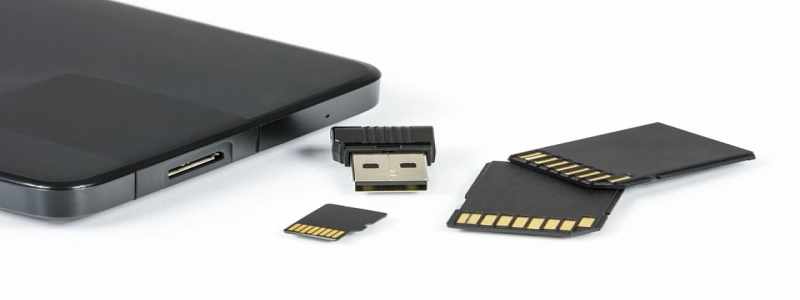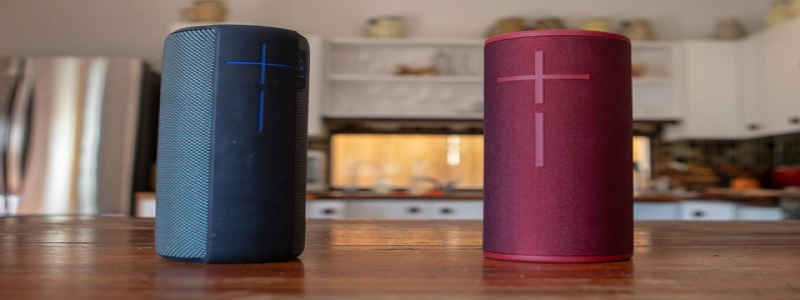Ethernet Standards Chart
introduzione:
Ethernet is a widely used technology for connecting devices in local area networks (LANs). It specifies the physical layer and data link layer protocols for wired communication. Over the years, several standards have been developed to enhance Ethernet’s performance, speed, and reliability. In this article, we will explore the various Ethernet standards and their characteristics.
IO. Ethernet – The Foundation:
A. 10BASE-T: This was the first widely used Ethernet standard. It operates at a speed of 10 Mbps (megabits per second) and uses twisted-pair copper cables for transmission. It supports a maximum cable length of 100 meters.
B. 100BASE-TX: This standard, also known as Fast Ethernet, offers a significantly higher data rate of 100 Mbps. It uses the same twisted-pair copper cables as 10BASE-T, making it backward compatible. The maximum cable length remains 100 meters.
C. 1000BASE-T: Gigabit Ethernet, as it is commonly called, achieves data rates of 1 Gbps (gigabits per second). It relies on four pairs of twisted-pair copper cables for transmission. The maximum cable length decreases to 100 meters.
II. Advancements in Ethernet Speeds:
A. 10GBASE-T: This standard provides data rates of 10 Gbps over twisted-pair copper cables. It enables backward compatibility with 1000BASE-T devices by using improved encoding techniques. The maximum cable length is reduced to 55 meters.
B. 40GBASE-T: Designed to meet the increasing demands of data centers, this standard delivers data rates of 40 Gbps over twisted-pair copper cables. Tuttavia, the maximum cable length is limited to 30 meters due to higher signal degradation.
C. 100GBASE-T: The most recent development in Ethernet standards, this technology allows for data rates of 100 Gbps over structured copper cabling. Although it supports higher speeds, the maximum cable length is limited to 30 meters.
III. Fiber Optic Ethernet Standards:
A. 1000BASE-SX: This standard employs fiber optic cables for transmission. It achieves data rates of 1 Gbps over multimode fibers with a maximum cable length of 550 meters.
B. 10GBASE-SR: Designed for high-speed fiber optic connections, this standard delivers data rates of 10 Gbps over multimode fibers. The maximum cable length is limited to 300 meters.
C. 100GBASE-SR4: This standard utilizes parallel multimode fibers to achieve data rates of 100 Gbps. It supports a maximum cable length of 70 meters.
Conclusione:
Ethernet standards have evolved significantly, providing faster and more reliable data transfer capabilities. From the humble beginnings of 10BASE-T to the latest 100GBASE-T, the Ethernet family caters to various networking needs. Whether it’s for home networks, offices, or data centers, choosing the right Ethernet standard ensures efficient communication and seamless connectivity.








